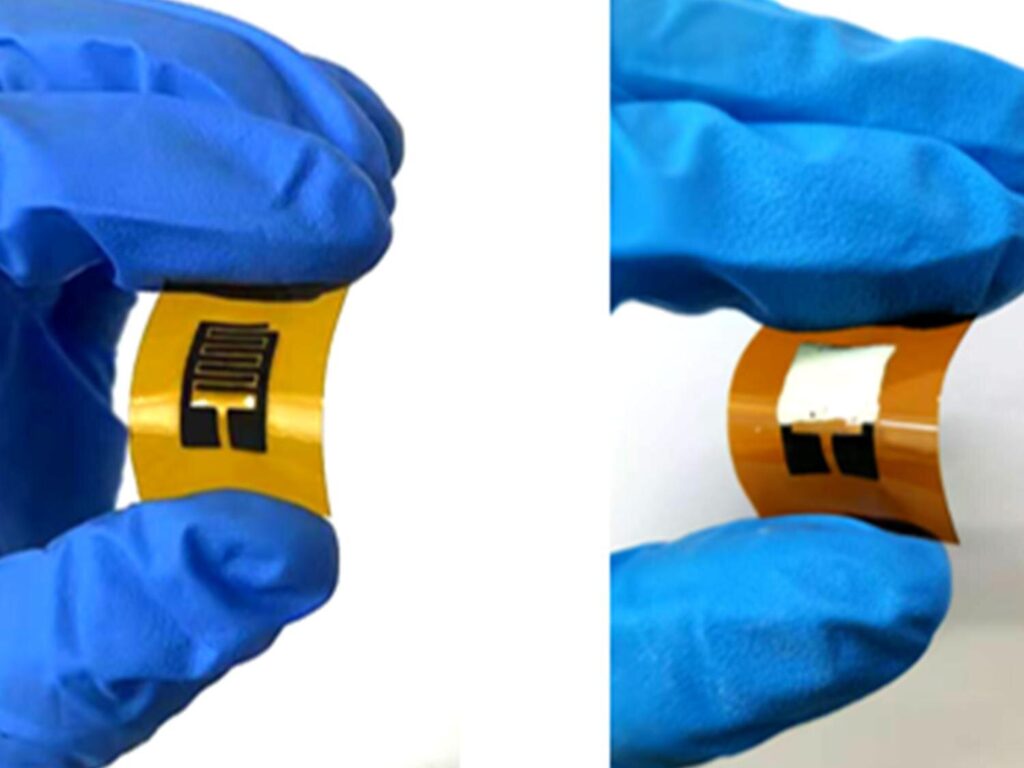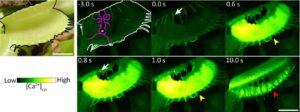
A team of researchers from the University of Alberta has developed an innovative breath sensor capable of diagnosing diabetes in just a few minutes. This significant advancement, reported in 2023 on ScienceDirect, offers a non-invasive alternative to traditional blood tests, potentially transforming diabetes screening and management.
The sensor operates by detecting specific volatile organic compounds in a person’s breath. These compounds are indicative of metabolic processes related to diabetes. Traditional methods of diagnosis can be time-consuming and invasive, often requiring blood samples and laboratory analysis. In contrast, this new technology provides rapid results, enhancing accessibility for patients and healthcare providers alike.
Impact on Diabetes Management
Diabetes is a global health crisis, affecting millions worldwide. According to the World Health Organization, approximately 422 million people were living with diabetes in 2021, a number that has been steadily rising. This new breath sensor could play a crucial role in early detection, allowing for timely interventions that can prevent the progression of the disease.
Dr. Robert W. McEwen, a lead researcher on the project, emphasized the importance of early diagnosis. “The sooner we can identify diabetes, the better the outcomes for patients,” he stated. The breath sensor not only streamlines the diagnostic process but also reduces the discomfort associated with traditional blood tests.
The technology’s implications extend beyond individual patient care. By facilitating quicker diagnoses, healthcare systems can alleviate some of the burdens associated with diabetes management, ultimately leading to improved public health outcomes.
Future Developments and Accessibility
While the breath sensor shows promising results, further studies are required to validate its effectiveness across diverse populations. The research team is currently exploring partnerships with healthcare providers to ensure the technology can be integrated into existing diagnostic practices.
The goal is to make this revolutionary tool accessible to a broad audience, particularly in regions with limited healthcare resources. By providing a simple and efficient diagnostic method, the researchers hope to empower individuals to take charge of their health.
In conclusion, the new breath sensor developed by the University of Alberta represents a pivotal step forward in diabetes diagnosis. With its potential for rapid and non-invasive testing, this innovation could significantly improve early detection and management of diabetes, ultimately enhancing the quality of life for millions.







